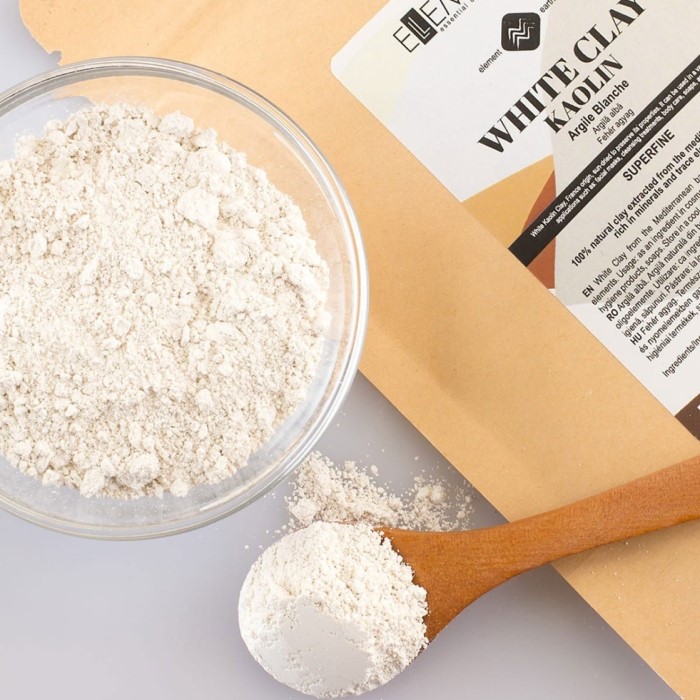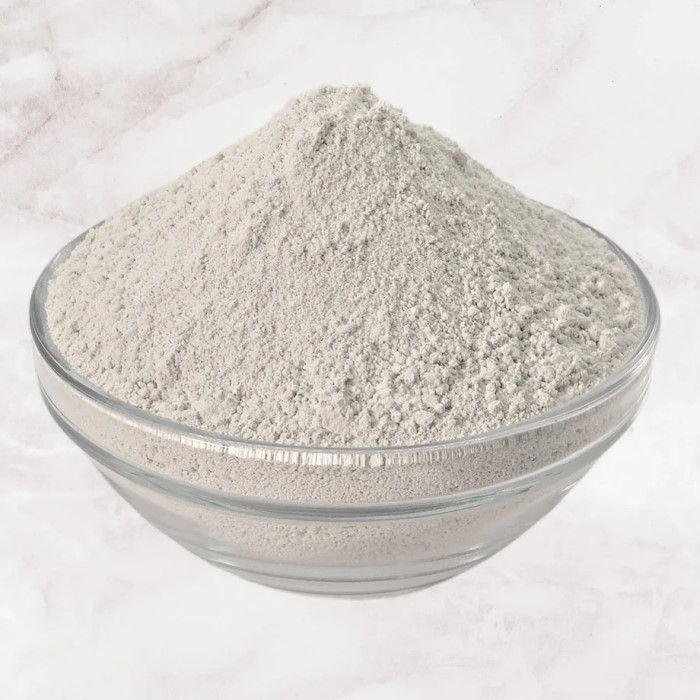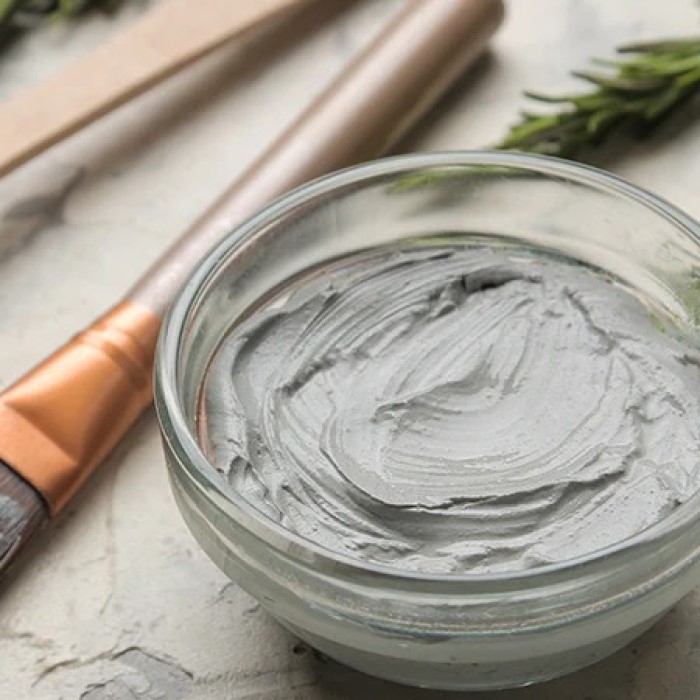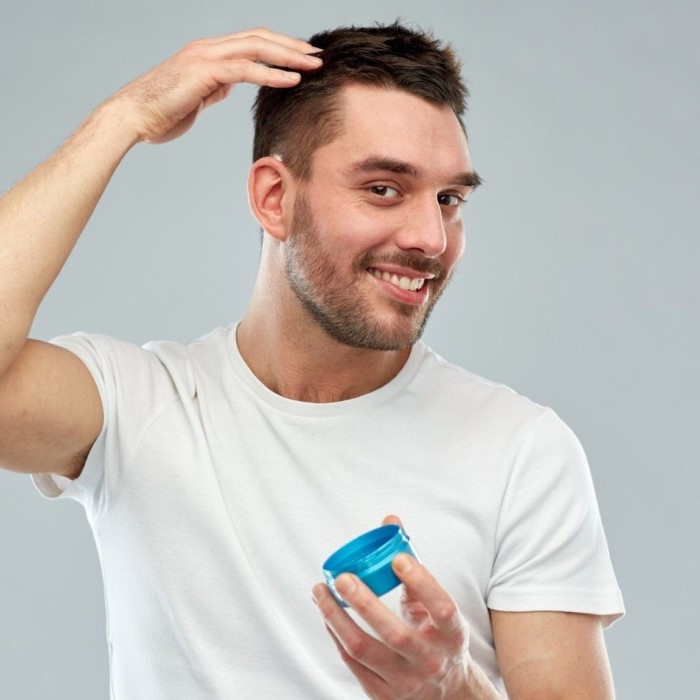
What is Kaolin Clay? Benefits for Crafts, Skin, and DIY Beauty
Introduction: What is Kaolin Clay?
Kaolin clay, commonly referred to as white clay or porcelain clay, is a soft, natural clay primarily composed of kaolinite, a mineral that comes from the weathering of feldspar. This clay has been utilized for centuries, traditionally known for its fine texture and versatility. Today, what is kaolin clay is no longer just a question for potters and artisans—in recent years, it has gained popularity in the beauty and wellness industry for its various applications. From skincare to crafts, this mineral-rich clay is celebrated for its gentle properties and numerous benefits.
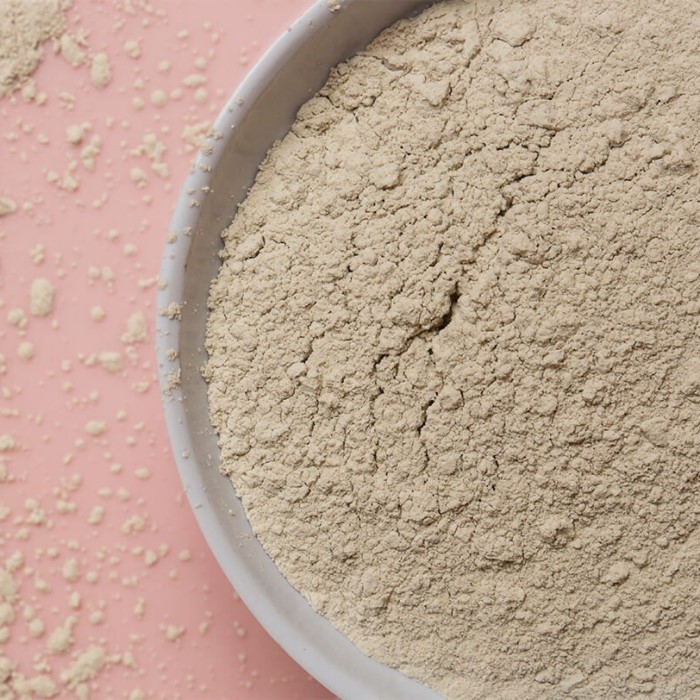
In this article, we will explore the uses of kaolin clay in crafts and DIY beauty, highlighting its qualities that make it an indispensable ingredient for creative and wellness pursuits. Let’s dive into the world of kaolin clay and discover why it is becoming a beloved staple in households everywhere.
Benefits in Crafts
Ideal for Pottery and Ceramics
One of the traditional uses of kaolin clay is in the field of pottery and ceramics. Its fine grain and plasticity make it easy to shape and mold, ideal for creating high-quality ceramic items.
- Versatility in Crafting: Kaolin clay can use to produce dinnerware, art pieces, and decorative objects. Because of its purity, pieces made with kaolin consider more refined and translucent compared to those made with other clays.
- Low Shrinkage: When fired, kaolin clay experiences minimal shrinkage. This characteristic allows artists and crafters to create precise designs that remain intact during the firing process.
Natural Ingredient for Paper Mache
Kaolin clay is also an excellent component for paper mache projects. When mixed with water and adhered to a base, it provides a sturdy yet lightweight structure.
- Strengthening Qualities: Utilizing kaolin in your paper mache creations will enhance the overall strength of the finished product. This is especially advantageous when crafting masks, sculptures, or intricate details.
- Smooth Finish: After the project is complete, clay provides a smooth surface that can paint or decor easily. This versatility allows artists to achieve professional results in their paper mache endeavors.
Adding Texture to Art Projects
In addition to its practical applications, clay can enhance texture in various art forms, including painting and mixed media.
Textural Elements
- Creating Unique Textures: By mixing clay with acrylic or other types of paint, artists can achieve distinctive textures that elevate the visual appeal of their artwork. This incorporation allows for a creative fusion between the malleable nature of clay and conventional painting techniques.
- Adding Depth and Dimension: The combination of clay with paint enhances the overall depth and dimension of a piece. Artists can manipulate the clay to create raised patterns, grooves, or smooth surfaces, allowing for a diverse range of tactile experiences within the artwork.
- Versatility in Techniques: Kaolin clay can add to paint in various ways, such as mixing it directly or applying it as a top layer. This versatility allows artists to experiment with different techniques, resulting in unique finishes that can dramatically change the visual and textural characteristics of the final piece.
- Subtle Incorporation of Clay Properties: Using clay in paint applications subtly incorporates its natural properties into the artwork. The clay contributes to the paint’s consistency, making it thicker and heavier, which can alter the way colors blend and layer on the canvas.
- Influence on Artistic Expression: The unexpected texture created by combining clay and paint enables artists to express themselves more freely. This creative freedom allows for innovative styles and techniques that can set one artist’s work apart from another’s by creating signature textured effects.
Eco-Friendly Option
- Natural Material: Kaolin clay is a naturally occurring substance, making it an eco-friendly option for artists who are conscious about their environmental footprint. Unlike synthetic texture mediums, kaolin derive from the earth, ensuring a lower environmental impact during production.
- Sustainable Practices: Incorporating clay into artistic practices aligns with sustainable and environmentally friendly approaches to art-making. Artists can reduce their dependency on harmful chemicals and non-biodegradable materials by choosing natural alternatives like clay.
- Less Chemical Waste: Using clay diminishes the need for using synthetic additives or fillers typically found in commercial texture mediums. This shift results in less chemical waste and a reduced risk of harmful substances leaching into the environment.
- Support for Ethical Sourcing: Many manufacturers of clay prioritize responsible sourcing and environmental stewardship. By selecting products from eco-conscious companies, artists can support practices that protect natural resources and promote sustainability.
- Enhanced Health Safety: Since kaolin clay is non-toxic, artists can work with it confidently, knowing it poses minimal health risks. This is especially important in settings where artists spend substantial time creating, ensuring that they not expose to harmful fumes or irritants found in synthetic products.
Benefits in DIY Beauty
Gentle Facial Masks
- Natural Cleansing Properties: Kaolin clay acts as a natural cleanser that draws out impurities, making it suitable for all skin types. It helps remove excess oil without stripping the skin of its moisture, providing a balanced solution.
- Soothing and Calming: The soft nature of kaolin makes it an ideal ingredient for sensitive skin. It can soothe irritations, reduce redness, and calm inflammation, offering relief to those with conditions like rosacea or eczema.
Exfoliant for Smooth Skin
In addition to masks, kaolin clay can be used as an exfoliant to remove dead skin cells.
- Mild Abrasive: The fine particles of kaolin provide a gentle scrubbing action when mixed with water or oils. This can eliminate flakiness and promote a smoother complexion without causing microtears.
- DIY Scrub Recipes: Users can create their own exfoliating scrubs by mixing clay with natural ingredients such as honey, yogurt, or essential oils. These personalized concoctions deliver optimal results tailored to individual skin needs.
Hair Care Benefits
Kaolin clay can be an excellent addition to hair care routines as well, helping to cleanse and nourish the scalp.
- Detoxifying Properties: Just as it purifies the skin, clay effectively detoxifies the scalp by removing product buildup and impurities. This results in a healthier scalp environment conducive to hair growth.
- Balancing Oil Production: For those with oily scalps, regular use of clay can help regulate sebum production. This leaves the hair looking less greasy while promoting a clean, natural shine.
DIY Beauty Recipes
What is kaolin clay? Incorporating kaolin clay into your DIY beauty routine is both simple and versatile.
1. Basic Clay Face Mask
- Ingredients: 2 tablespoons of kaolin clay, 1 tablespoon of honey (for moisture), and 2 tablespoons of water (for consistency).
- Instructions: Mix all ingredient together until a smooth paste is formed. Apply to your face and leave on for 10-15 minutes. Rinse with warm water for refreshed skin.
2. Exfoliating Scrub
- Ingredients: 2 tablespoons of clay, 1 tablespoon of ground oats (for gentle exfoliation), and 1 tablespoon of yogurt (for moisture).
- Instructions: Combine ingredients to create a thick paste. Use the mixture to gently scrub your face in circular motions, then rinse off for smoother skin.
3. Hair Detox Treatment
- Ingredients: 3 tablespoons of clay, 1 tablespoon of apple cider vinegar (to clarify), and enough water to create a paste.
- Instructions: Mix the ingredients together and apply to your scalp while massaging gently. Leave on for 15-20 minutes, then thoroughly rinse out.
FAQs
What is kaolin clay used for?
Kaolin clay is used in various applications, including pottery, ceramics, cosmetics, skincare, and crafting. Its natural properties make it a versatile ingredient in both artistic and beauty contexts.
Is kaolin clay safe for humans?
Yes, kaolin clay is generally considered safe for human use. It is non-toxic, gentle, and suitable for sensitive skin. However, users should perform a patch test before applying it extensively.
Is bentonite clay and kaolin clay the same?
No, bentonite clay and kaolin clay are not the same. While both are types of clay, bentonite clay is primarily composed of montmorillonite and is known for its strong absorbent properties, making it more suitable for oily skin. In contrast, kaolin clay is milder and ideal for sensitive or dry skin types.
What is the common name for kaolin clay?
The common name for kaolin clay is “white clay” or “China clay.” These names are derived from its lightweight, soft texture and historical use in fine porcelain production.
Conclusion
What is kaolin clay? In summary, kaolin clay stands out as a remarkable ingredient with a multitude of uses and benefits. From its historical significance in crafts and ceramics to its modern applications in DIY beauty, understanding what kaolin clay is empowers you to harness its potential in your everyday life.
By incorporating kaolin clay into your crafting or skincare routines, you not only leverage its natural properties but also embrace a sustainable choice in your personal care products. Whether you’re making your own masks, creating stunning pottery, or crafting artistic pieces, clay remains a versatile and beneficial staple. Explore its uses and discover why this ancient clay continues to be cherished in contemporary practices.
